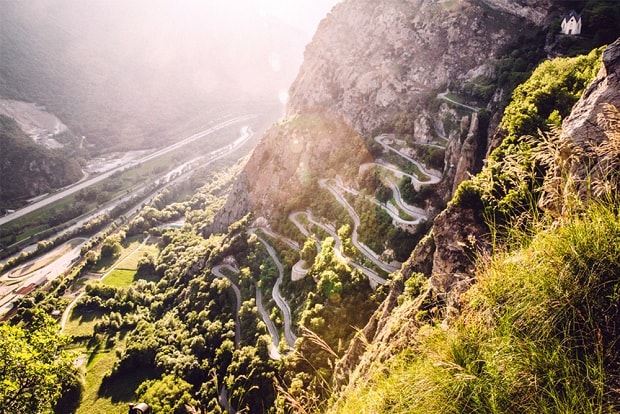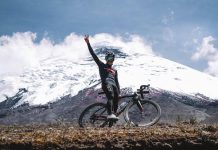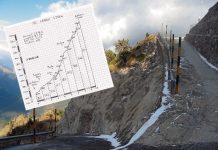To be a good climber you need to build a foundation of strength. Strength is the component of fitness that allows you to climb faster.
When you find yourself climbing in a race there are some strategies you can do to neutralise or smash your opponent – even if you’re not the fastest climber.
Don’t start out too hard
We see it time and time again from inexperienced riders. They’ll flex their muscle and start out a long climb going balls out. You can usually tell by his body language if he’s going out too hard. If you’re much out of your comfort zone then just let him ride away. There’s an 90% chance that he’ll blow up and you’ll pass him going 20km/hr quicker.
Gearing
In order to stick to your heart rate or power pacing plans, you will need the gears to allow it. Many top professional riders will have a compact chainset and wide range cassette fitted for gruelling mountain stages so, there is no shame in you doing the same.
Some riders worry that a compact won’t give them big enough gears for descending but, with a 50/12 gear delivering 52kph at 100rpm, this is an unfounded fear. You will also definitely lose far less time by not being able to pedal hard on a descent than running out of gears on a long climb.
If you are heading to the Alps or Pyrenees and are unsure, fit the lowest gears your set-up allows, you will never regret having too low a gear.
Out of the saddle
Standing up while climbing is a more powerful way to get up the hill, but much more inefficient. It requires different muscle groups and uses more upper body strength to pull on the bars. Through specific training you can get better at riding out of the saddle.
Resist the temptation to get out of the saddle when the rest of the group does. If you don’t need to get out of the saddle, then don’t waste your energy. It’s contagious. Once one rider gets out of the saddle then everyone else does. If you look at your speedometer when standing up you’ll often notice that you’re riding 1-2km/hr slower because your cadence slows. Be conscious to keep your cadence up or shift into a bigger gear.
Fuelling and hydration
Leaving re-fuelling for the descents and flats isn’t an option for a big day in the mountains, so it’s vital to ensure that your pacing on climbs allows you to take adequate food and drink on.
You may need to back-off your intensity for 10-15 minutes after taking on food and might want to consider limiting yourself to process fuel, such as gels and energy drinks, on long climbs. Keep well on top of hydration, especially in hot summer conditions. Take full advantage of long descents and valley roads and, if you need a boost for a final big climb, consider a caffeinated product.
Using the road
Use flatter sections of climbs to recover. Do some research into climb profiles beforehand and identify where you will need to push on and where you may be able to back off a bit.
You will often find that the outside line of hairpins is flatter and can almost give you a boost up the next ramp. Only where safe and appropriate, ride this line and avoid the often far steeper inside one.














